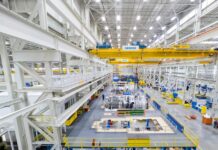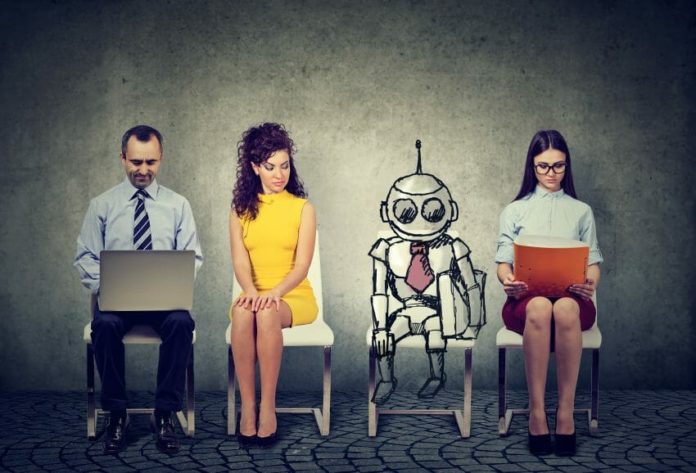
If you are like many Americans, you could be alarmed at the direction AI might lead the world. It’s not only Americans but also Europeans who, according to a 2019 public opinion report by the Center for Governance of AI, believe that AI should be handled cautiously.
Some of the fears expressed by businesses and social commentators are that automation and AI might lead to unemployment, a wider gap between the rich and poor and social disruption.
Michael Chavez, the Chief Executive Officer of Duke Corporate Education and a contributor at Forbes spoke with David Hanson, Ph.D., founder of Hanson Robotics Ltd and co-creator of Sophia the robot and brought out interesting perspectives about embracing AI and robots in organizations today.
First of all, it’s unfortunate that these fears exist amidst a lack of enough popularization of the numerous opportunities availed to humans through AI and robots. According to Hanson, robotics can enable people to be better humans, creative and laser-focused on purpose. Nevertheless, if businesses don’t prepare and learn how to take advantage of AI and robots, they will end up with substandard results with possible backlash.

Hanson says that the purpose of Artificial Intelligence and robotics is to improve the quality of life for different groups of people. By creating Sophia, the only robot that resembles a human, Hanson and his partners wish to encourage people to break the human-imposed barrier between AI and humans.
This is possible if people consider the benefits of AI to humans. For instance, healthcare professionals have used robotic simulators in learning. By simulating disease cases on artificial patients, they gain real-like experiences and understand how to act when different medical situations occur. In essence, they are using AI to sharpen their skills.
These aren’t the only useful applications of AI. There are industries enjoying consistent and high-speed production because they use a robot assembly such as this one, while others can make business decisions faster due to the availability of real-time data reports.
Basically, the opportunities are endless. But to explore the full potential, where humans get the chance to experience the next level of intelligence, it requires that humans and AI work in partnership. Hanson explains that when robots free humans from repetitive algorithmic tasks, it’s possible for people to focus on capabilities that robots can’t handle.
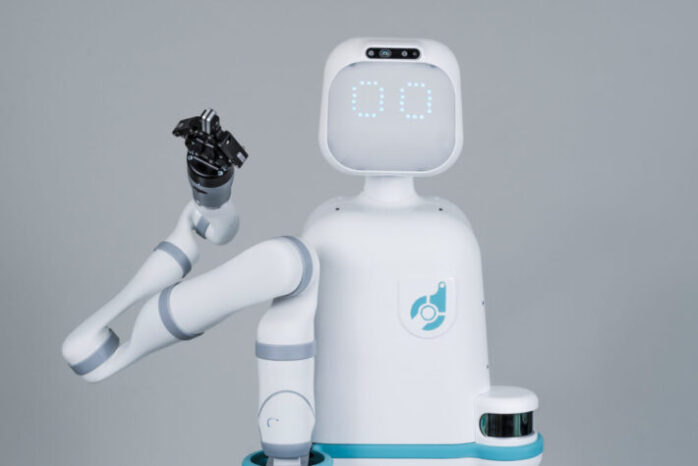
These include imagination, curious exploration of a problem, creativity, and purpose. But even as people focus on the abilities and traits that are unique to humans, they should try to do so in an atmosphere where levels of human and robot interactions are constantly increasing.
There’s also another trait that’s unique to humans – bias. Surprisingly, robots aren’t spared from bias and if you consider Sophia the robot, you’ll understand why. This is because mingling with a robot such as Sophia is not only thrilling but can also be shocking. Sophia smiles, talks, laughs and uses humor in her answers just like a person.
Unlike Siri and Alexa, Sophia comes to infringe human identities and this can be unsettling. But, that’s what the creators intended, according to Hanson. Their idea is that people need to figure out ways to engage and accept humanoid robotics. They are going to form a part and parcel of today’s inclusion.
Humans base their social interactions on 3 categories of “fit”
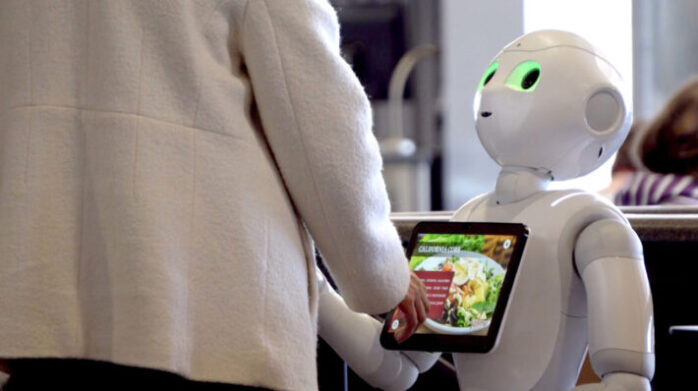
- Cultural fit – where people form relationships with those who have similar cultural values
- Social fit – where people form relationships with those who look and act like them.
- Cognitive fit – where people form relationships with those who think alike.
Now, robots come to dispute these existing biases, specifically, on the bases of social and cognitive fit. By coming up with humanoids like Sophia, Hanson hopes to spark a discussion on ways to handle cultural fit. The possible ways should help organizations to counter the challenges of social and cognitive biases thus enabling them to consider robots in their inclusive thinking.
Ideally, humans don’t harm robots by discriminating against them. But failure to include robots is harmful to mankind because it limits our abilities.
How to overcome discrimination against robotics and AI
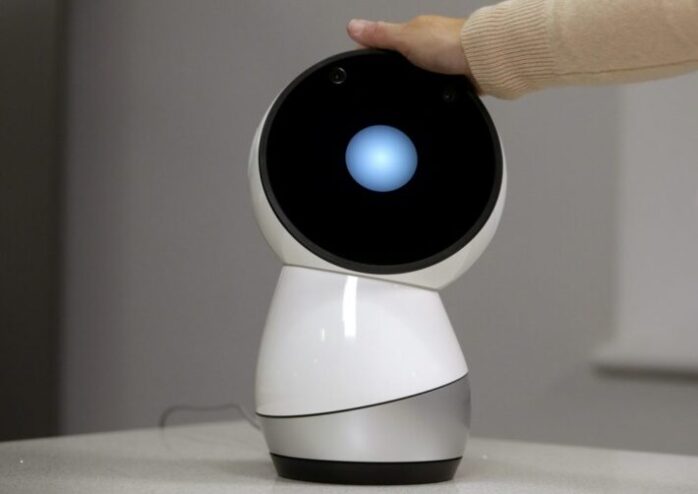
Just like organizations use policies, technical tools, and set practices to counter human biases; similar guidelines can be applied when it comes to robots. Here are some ideas:
- Redefine diversity and inclusion for your organization. If you are keen to look at diversity and inclusion with a human eye, it’s possible to realize that they work better together. For instance, you can have a diverse group of workers that are disappointed because it doesn’t feel a sense of belonging. It’s also hard to have inclusion when you don’t embrace diversity. This is because you will lack the pool of talent that you need to include.
- Beware of the presence of AI in your organization and how it’s working. It’s crucial to find out where AI can be applied, how it’s likely to develop and today’s human-cybernetic interactions.
- Build your human imagination skills. Think of the possible opportunities that Artificial Intelligence can present to your enterprise and industry. Imagine how your business or industry may transform with the robots fully implemented?
The world is changing and the fourth industrial revolution is with us. You can’t ignore the influence of automation and the promise of high computational power. The above insights from Hanson will come in handy when incorporating robotics and AI in your business.






